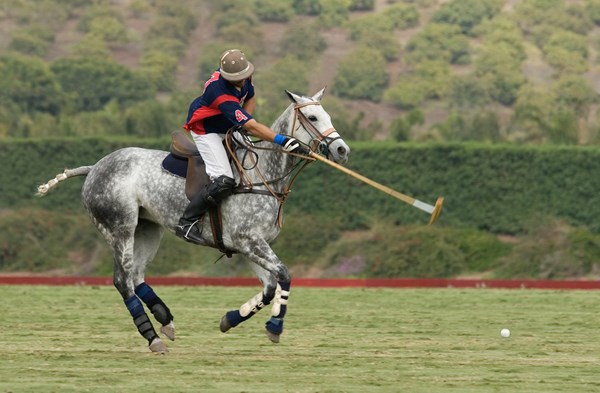 Credit: Thinkstock Many horses wear bandages during training or competition.
Credit: Thinkstock Many horses wear bandages during training or competition.The application of bandages and tendon boots to the lower limb of horses is widespread and performed for many reasons. Tendon boots are used in training and are applied during some horse competitions. Bandages and tendon boots are supposed to support the anatomic structures, reduce the maximum extension of the fetlock joints and protect the limbs from fractures and trauma; however, there is little scientific data to support their value except in protection against direct trauma.
The objective of this study, conducted by researchers in Austria, was to determine the skin temperature of the cannon bone in horses associated with the use of bandages and tendon boots, compared with the bare limb, at rest and after 20 minutes of lunging.
Skin temperatures at rest were not different with a bare limb, bandage or tendon boot. Average skin temperatures ranged from 57 to 59°F. Skin temperate of the bare cannon bone after exercise did not increase and remained at 57°F. Skin temperature of the cannon bone in horses increased during exercise when a bandage or tendon boot was used. Skin temperatures under the bandage and tendon boot were 77°F and 70°F, respectively, after exercise.
The authors speculate that both a bandage and a tendon boot accelerate the warm-up phase of exercise by increasing the skin temperature. Moderate warm-up exercise increases blood flow in tissues, which can help to reduce the risk of injuries. It is not known whether heavy exercise performed with limb bandages or tendon boots is detrimental because of accumulation of heat in the limb and underlying structures. Further re search should focus on the effects of warm-up and maximum exercise on the temperature of other anatomic structures such as tendons.
For more information, click here for a link to the PubMed document. This article was summarized by Krishona Martinson, PhD, University of Minnesota, and first published in their newsletter.


